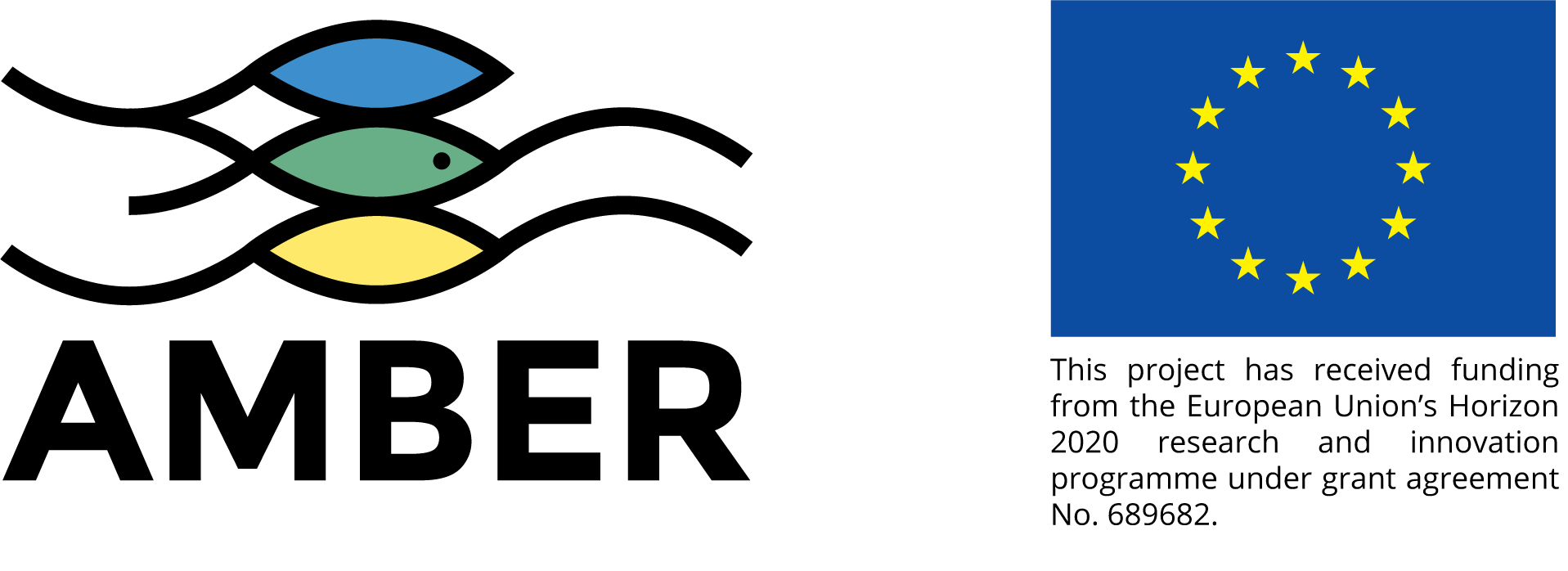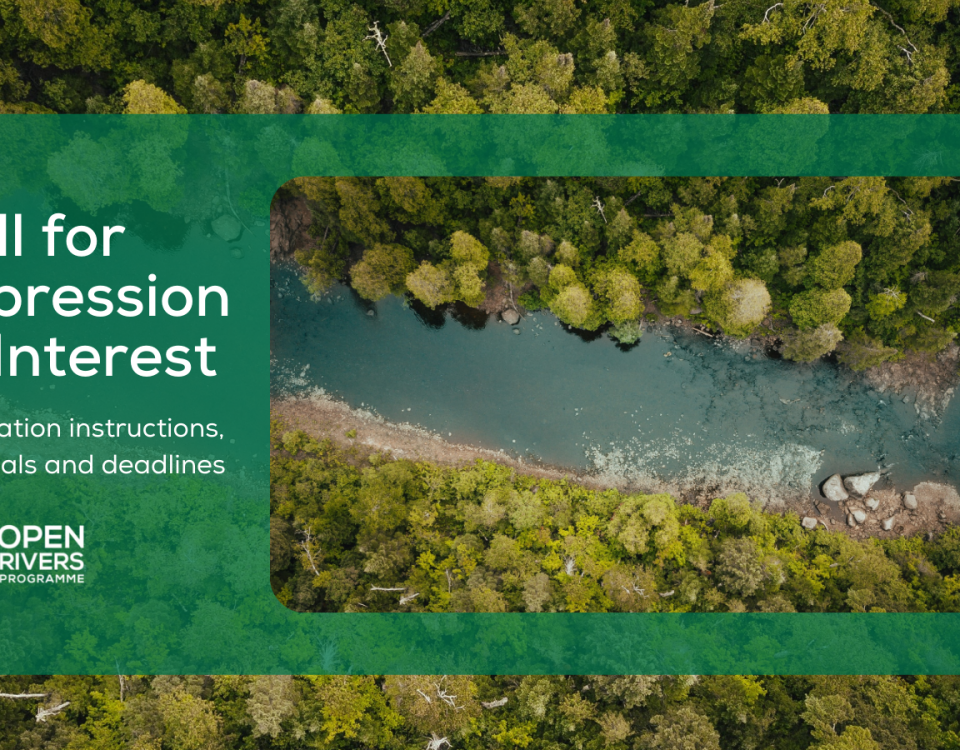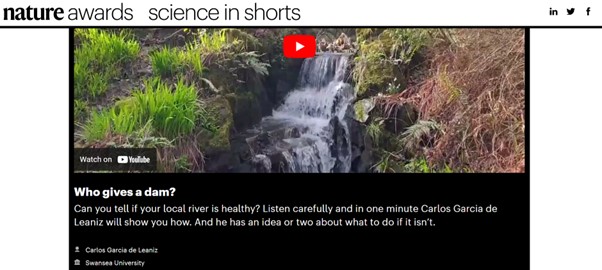Barrier Assessment Workshop

Trials of barrier assessment methodologies
November 14, 2016
Launch of AMBER
December 20, 2016
Barrier Assessment Workshop organised in Southampton, UK
The 2nd and 3rd of November saw the first AMBER ‘Barrier Assessment Workshop’ (BAW) in which specific members of the AMBER consortium gathered in Southampton University, UK, to discuss the development of common standards for stream barrier surveying and inventory.
There were 22 attendees, from universities NGOs and from all four industrial partners involved with the project. The first day covered how we would collect and store current data on European barriers, specifically the important characteristics of barriers that should be uniformly recorded in databases.
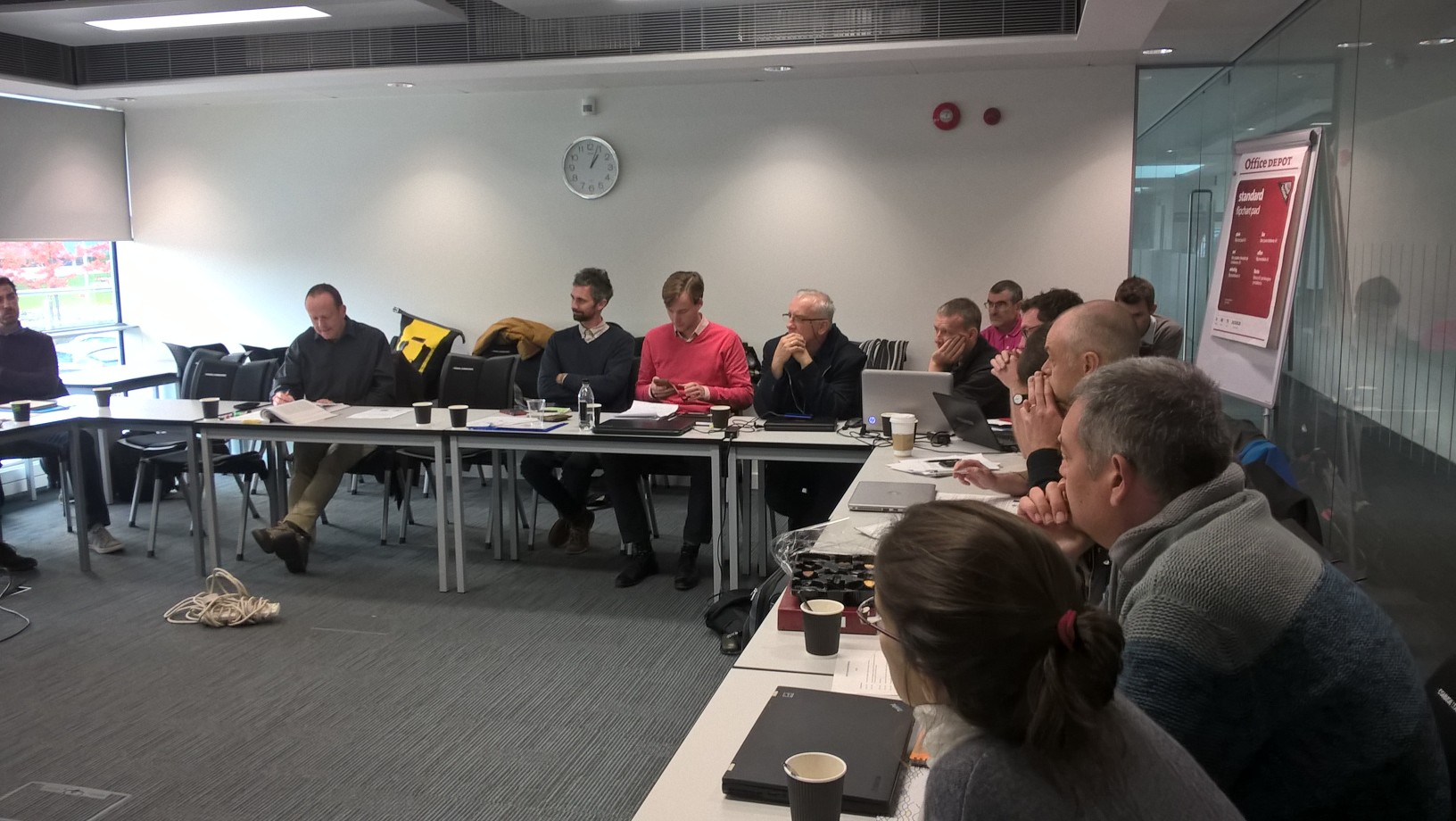
A major aspect of the AMBER project is providing a realistic estimate of the number of barriers within EEA (European Economic Area) countries. However, current data is variable with some countries, such as France and Sweden, having very good data and coverage, but many other countries in Europe having very patchy or poor coverage. Most records from national authorities focus on dams and ignore other barriers such as culverts and weirs, and even then, the records often ignore the smaller dams under 1.5m. The time and effort to survey all these throughout Europe is immense, so instead statistical sampling techniques will be used to survey catchments within countries where data is available. A team of specialists will assess all the barriers in these catchments and compare the number collected in official records to the actual number (including culverts, sluices and small dams). By looking at the ratio of data collected on barriers to the true number of barriers we can see how much the number of barriers is underestimated nationally. These details of these validation techniques were also discussed during the first day of the BAW.
The AMBER app, which will allow citizens throughout Europe to join in with AMBER’s work and record the locations of barriers, has started development and details of how this would be made simple and useable to a wide range of both amateur and professional users was discussed.
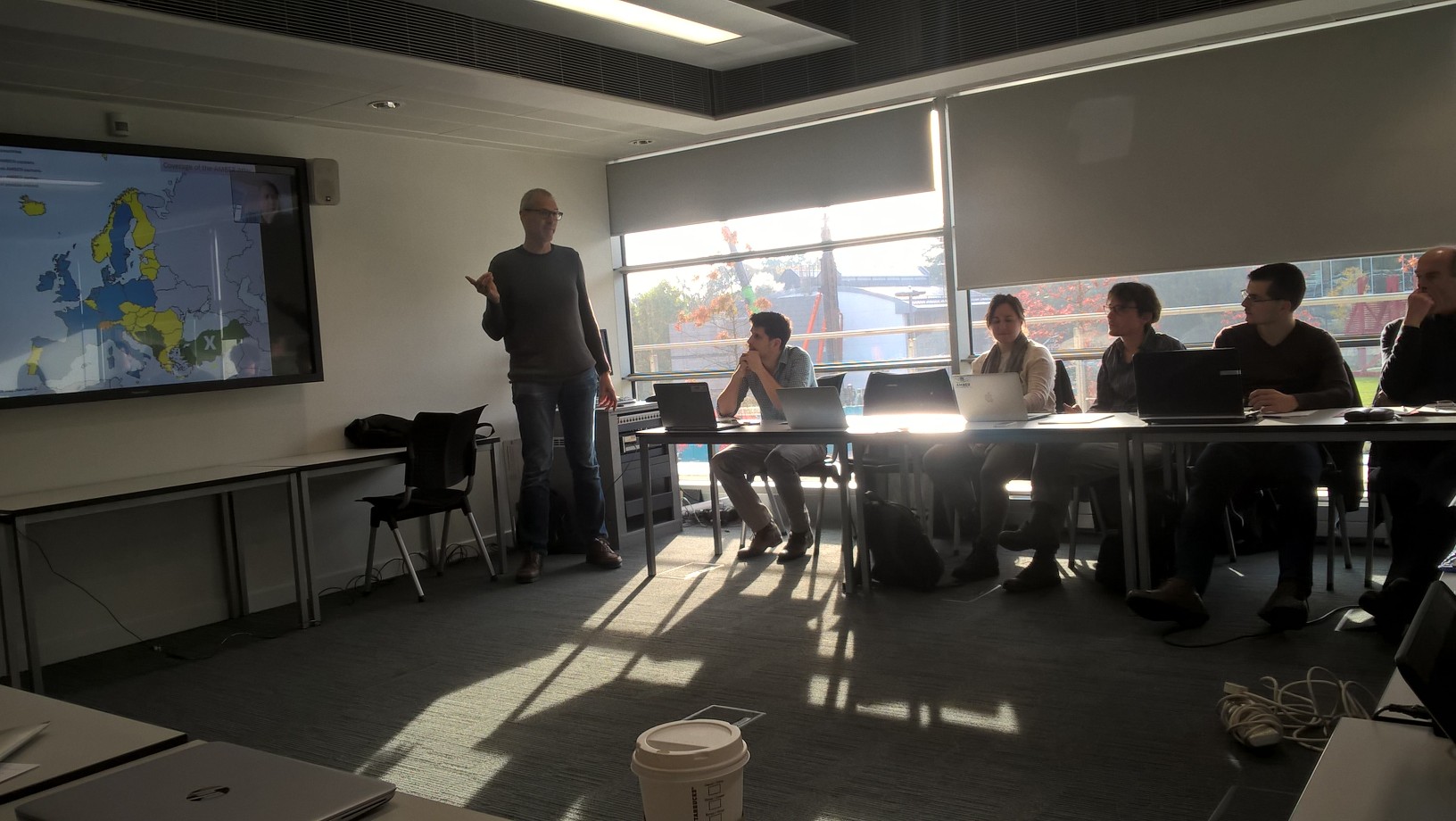
On day 2 we had presentations from Southampton University on current methods of recording barriers and from The German Hydropower company IBK on novel developments in barrier assessment. Responsibilities of members of the AMBER consortium for collecting national data throughout Europe was also assigned and we ensured that islands (such as in the Azores, Madeira) that are covered by the Water Framework Directive and can have many barriers, would also form an important part of data procurement. In addition, there are plans for rapid development of hydropower in the Balkans (Albania, Bosnia and Herzegovina, Macedonia, Montenegro, Serbia, Kosovo) and so we accepted that it would be important also to collect such data from the larger continent of Europe, including the Balkans, even though this data is currently outside the EEA.
The meeting also gave consortium members the chance to socialise and dine together in a beautiful restaurant next to the hotel. Overall it was an intensive but extremely valuable meeting which allowed AMBER to push forwards with app development, data collection and the Atlas development.
Follow AMBER on Twitter and Facebook or sign up for the newsletter to stay up to date!
